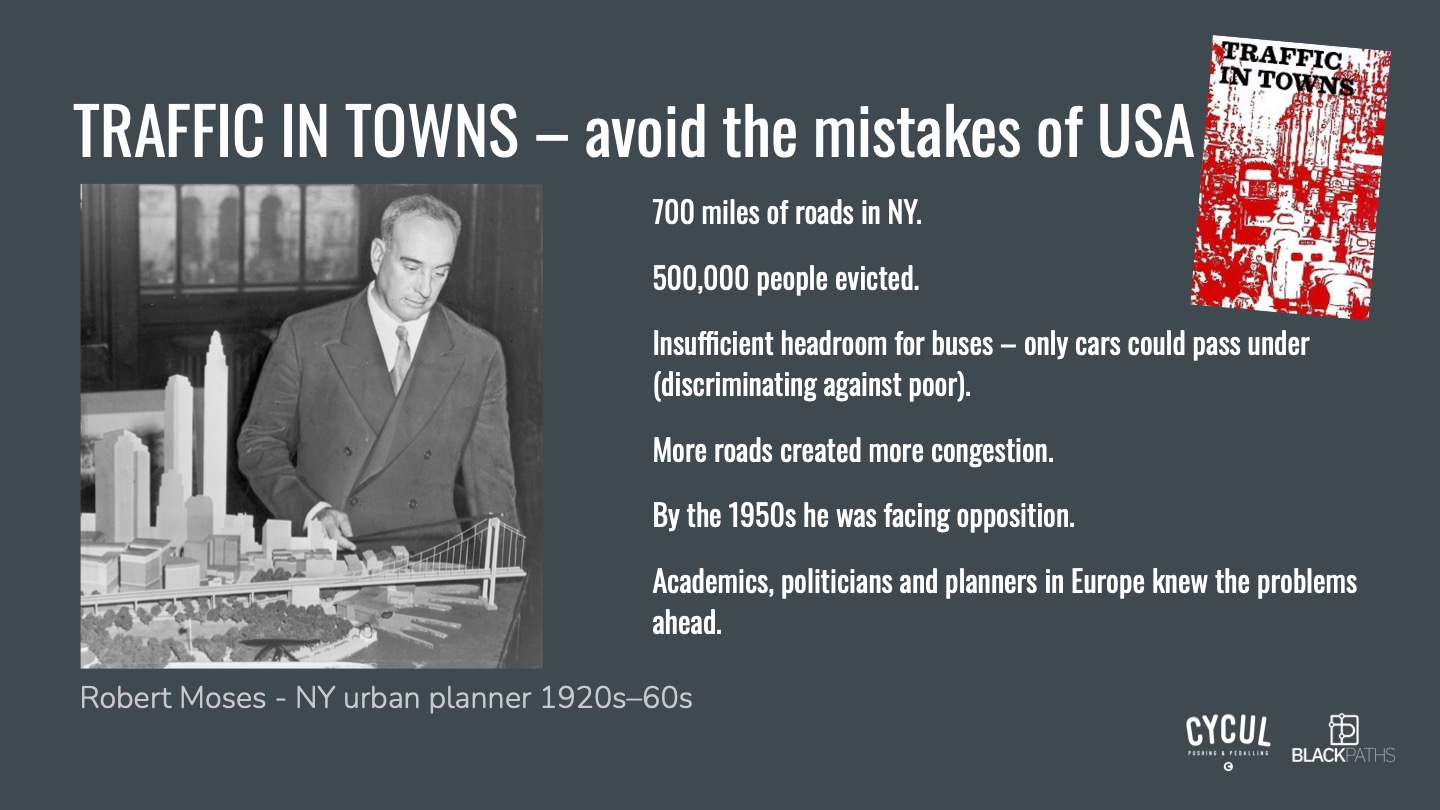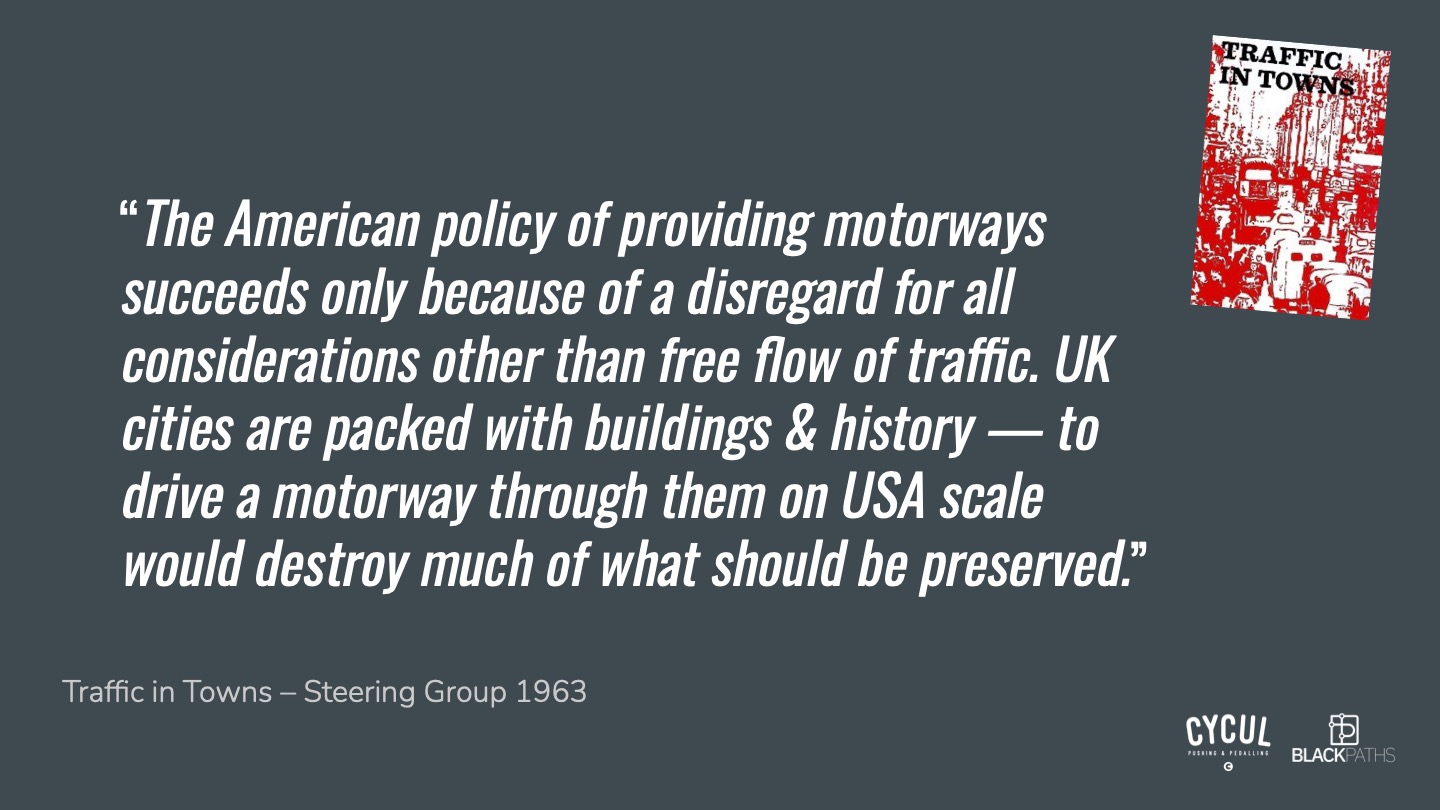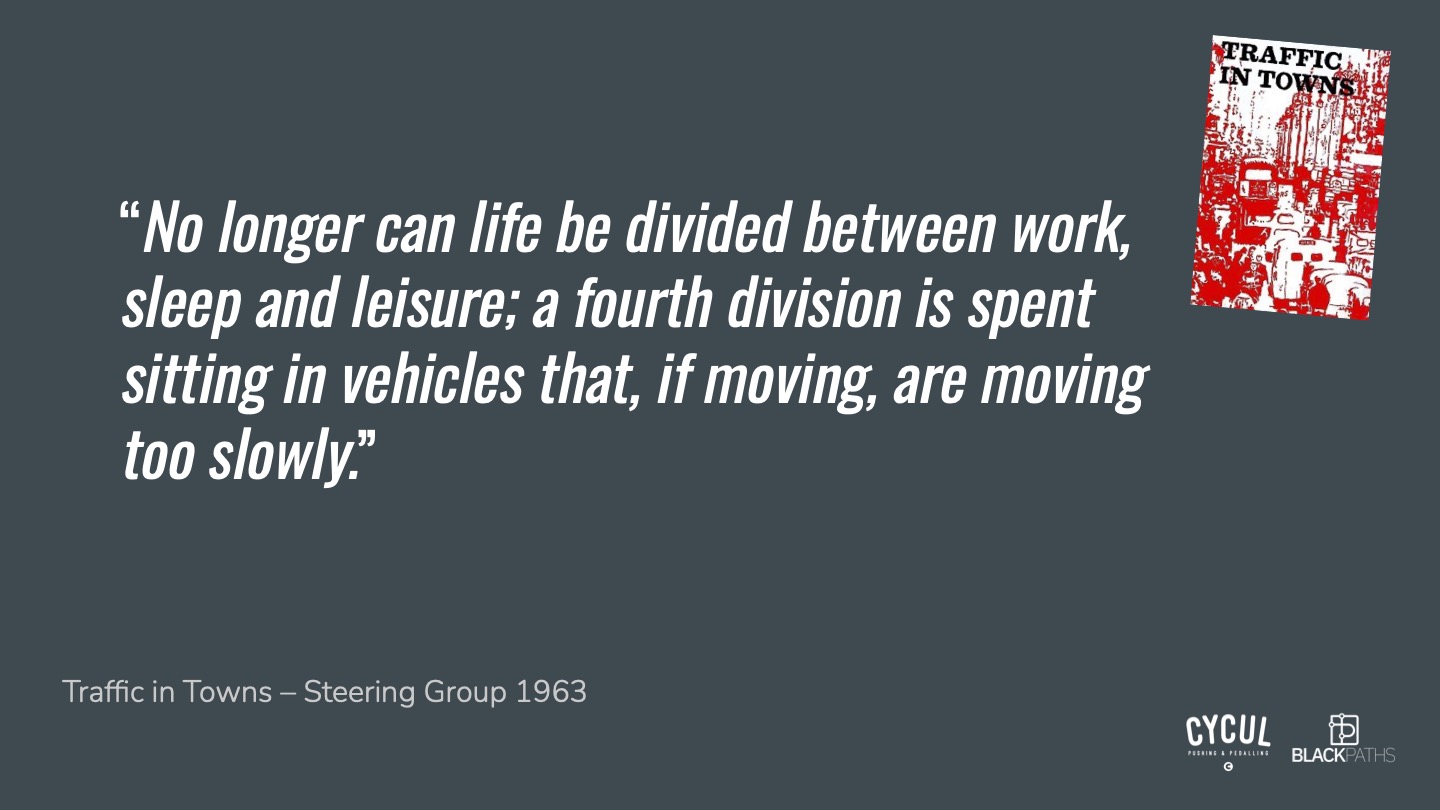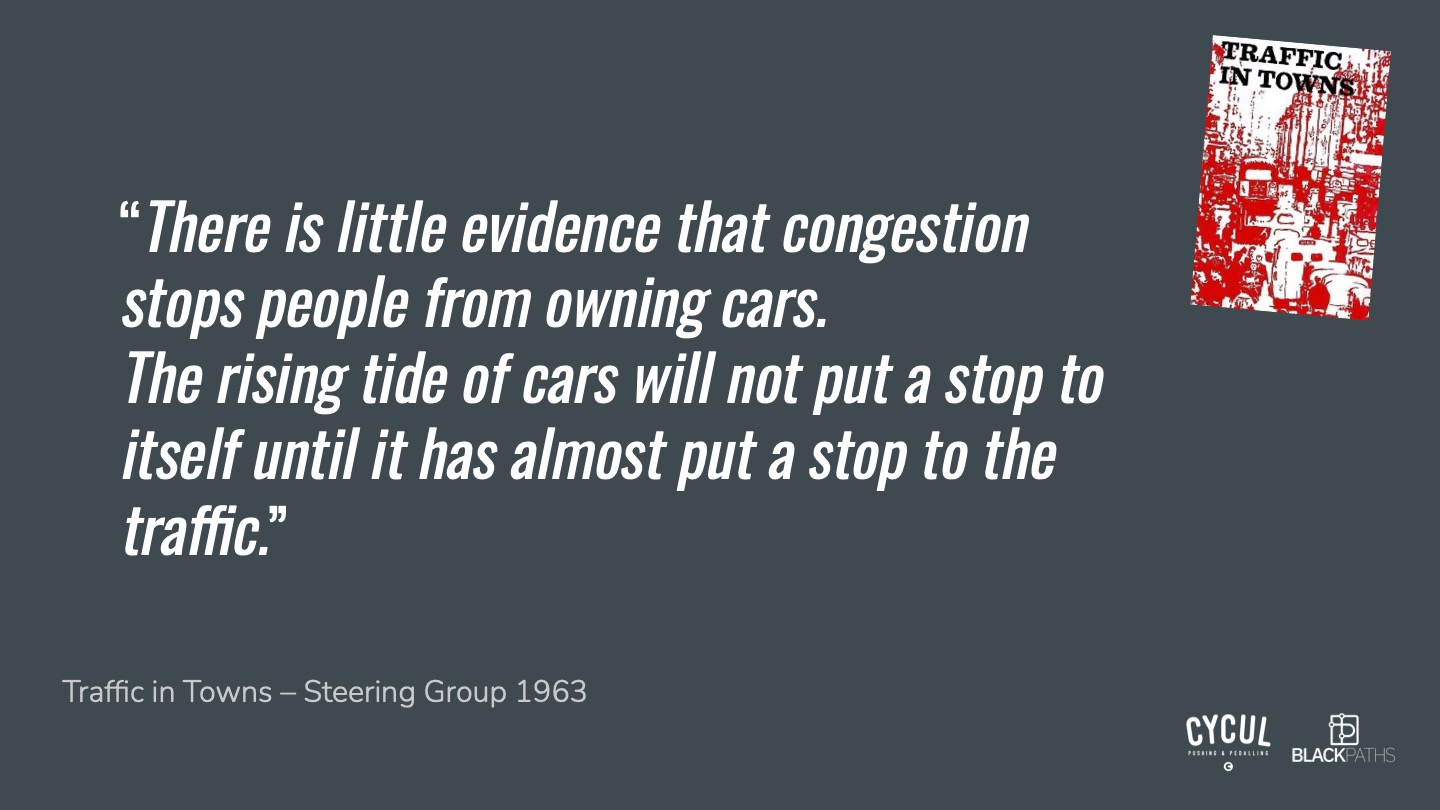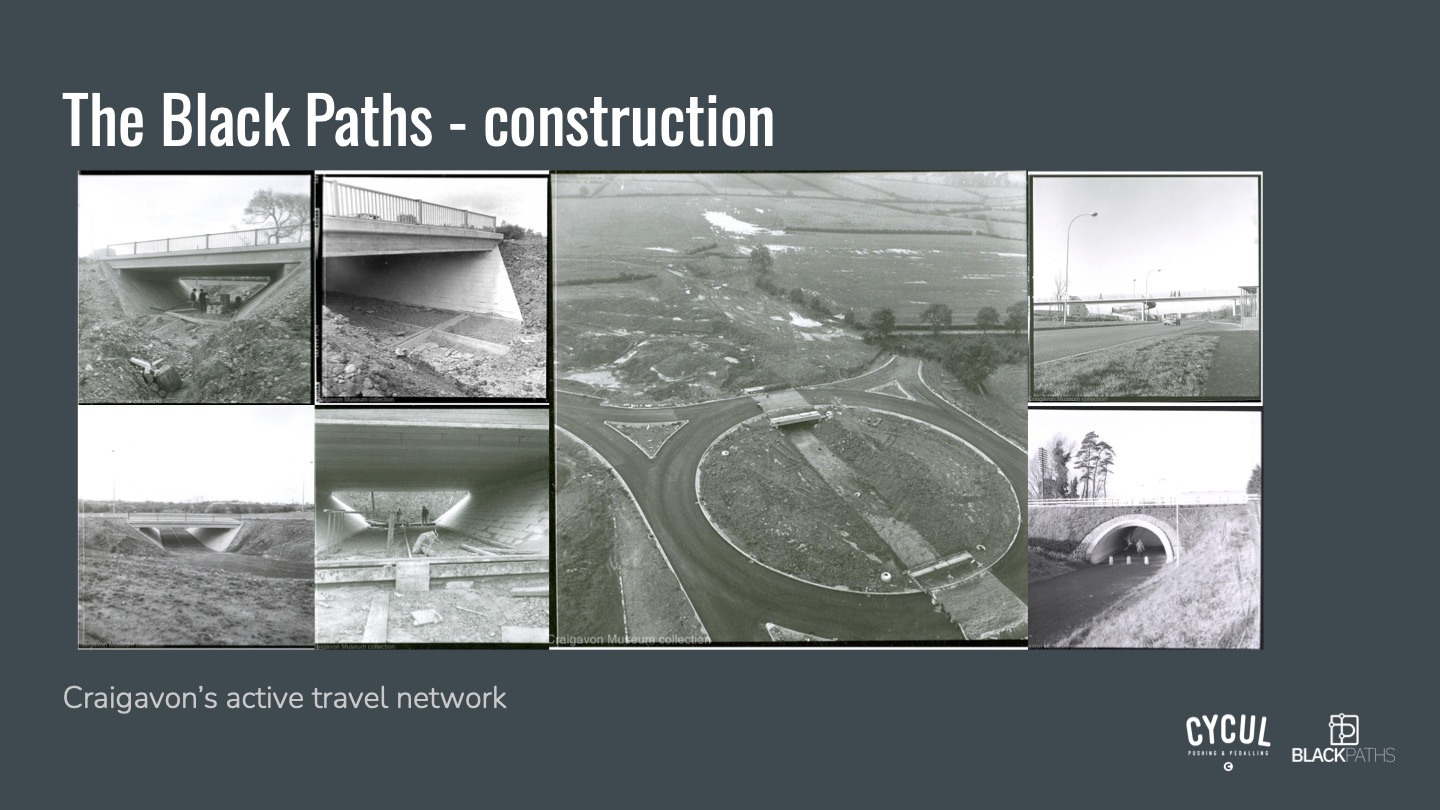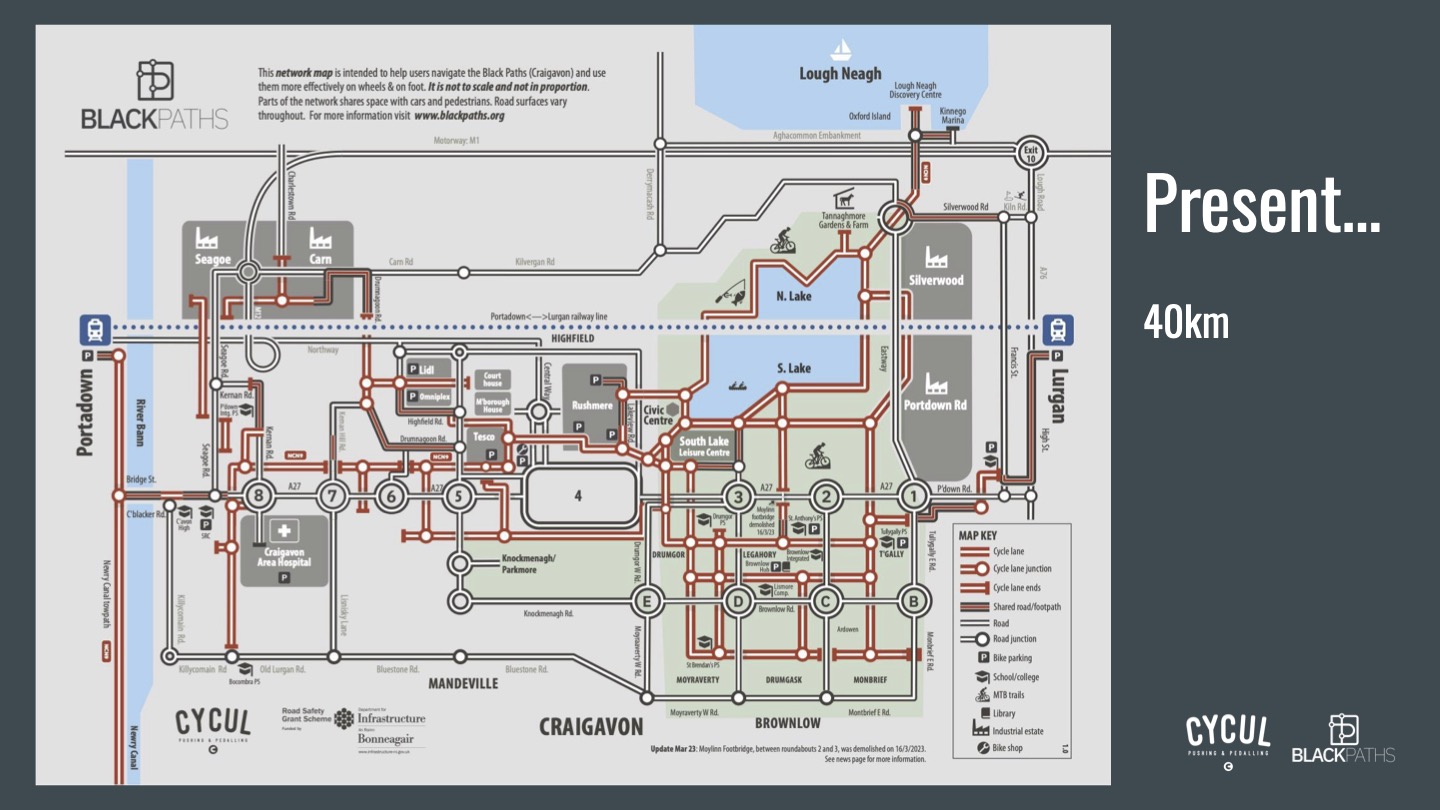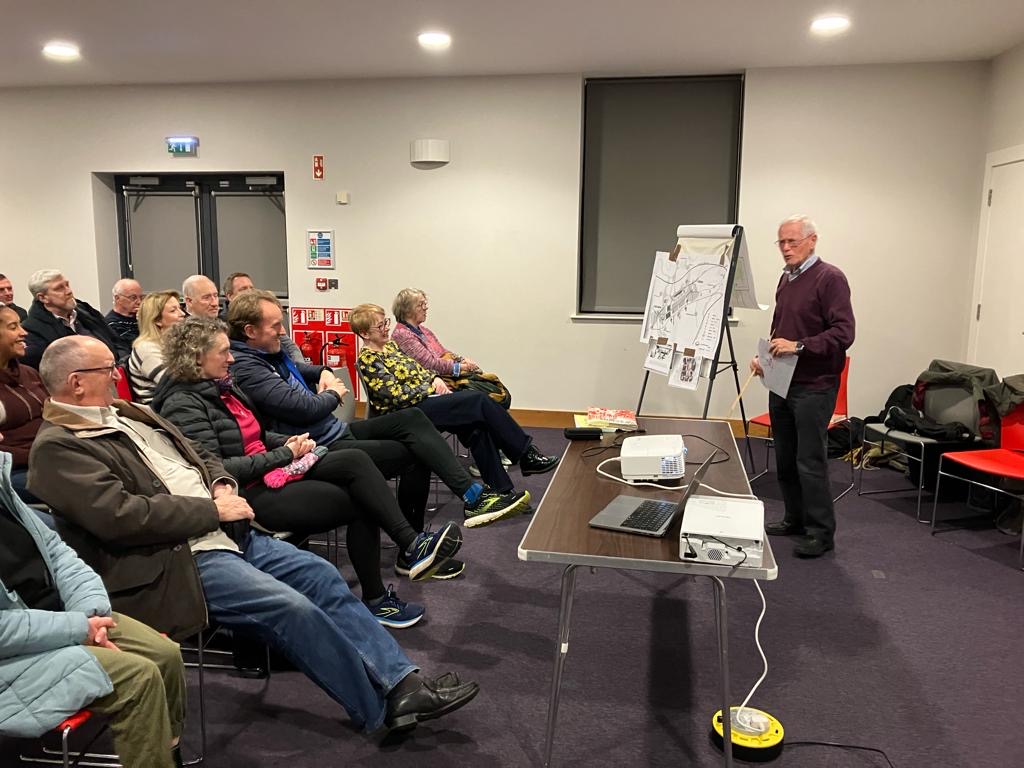History of Craigavon and the Black Paths
We had a full house at the Brownlow Community Hub on the fascinating history of Craigavon and The Black Paths. If you missed the event you can read about some of presentations.
Archive footage from NI Screen
Bronagh McAtasney from NI Screen selected a few clips from their extensive archive on Craigavon.
1.6.63 Interviews with Geoffrey Copcutt
Following the trend of using science and planning to create the “perfect city”, Matthews, Geoffrey Copcutt and others speak about planning for the new town between Lurgan and Portadown that would become known as Craigavon. The interviews include discussions on how to create a new town; the intricacies of town-planning and the social and industrial considerations. The interviews feature thoughts on the future of building and the replacement of the older, slower crafts for more modern technology. One of the planners foresees centralised vacuum and heating systems that would serve the whole town, which would be powered by nuclear power.
Sir Robert Hogg Matthew was a Scottish architect and a leading proponent of modernism.
Geoffrey Copcutt, Chief Architect to Craigavon, the planned new city. It was conceived as a linear city that would link the towns of Lurgan and Portadown to create a single urban area and identity. However, in August 1964 Copcutt resigned from his post in a blaze of publicity, criticising the scheme for the dominant role of administrators and the political and religious restraints. Only about half of what was planned for Craigavon was executed. Copcutt never published his proposals. He also designed Cumbernauld in Scotland.
1.7.65 The people of Lurgan voice their opinion on what the name for the new city should be. No consensus although Portlurg gets a couple of votes. In the end, of course, it would be called Craigavon.
7.7.65 A Vox Pops on the name of the new city, Craigavon. Do people like it? Opinions are divided on the political connotations of the name.
1.1.66 Interview with Mrs Shirley Lord (wife of carpet entrepreneur Cyril Lord). Mrs Lord has recently been appointed Chairperson of the New City Commission. She is interviewed on the role of the Commission which was established to oversee the construction of the new city of Craigavon. She is passionate about the potential of Northern Ireland.
17.1.66 The new city manager for Craigavon, Mr Cage, talks to Jimmy Robinson about his role and the building of Craigavon. He is very optimistic about the development of the new town.
17.3.66 Mr Porter QC presides over an inquiry into the New City – Craigavon – in Lurgan Town Hall. Here he is acknowledging the representatives of the various interested parties. There were at least 120 objectors to the plan to build the new city, mostly farmers in the area who were being asked to sell up their land.
24.3.66 Children protest against the proposed New City in Lurgan. Local people were unhappy that the site of Craigavon was going to decimate the local community. The children tell Jimmy Robinson why they don’t want it. They’re most worried about being separated from their friends and losing the countryside.
1966 Farmers in the Lurgan area gather to protest against the low government offers for their land. Stormont wanted to buy the land to build the new city of Craigavon. One farmer, Joe Hewitt, had refused to sell his 6.5 acres at the price offered and the other farmers gathered to support him and protest.
Super 8 Story on the Battle of Joe Hewitt’s field. When land was vested by the government for the creation of the new town of Craigavon in the 1960s local farmer Joe Hewitt took a stand and led a protest of farmers who blockaded fields with their tractors. The event became known as the Battle of Joe Hewitt’s Field and is remembered by his widow Molly and the cameraman who shot the footage, Michael McKeown.
20.2.67 Craigavon, the birth of a town. Silent film showing the first buildings in the ‘new town’ and a bus tour coming through.
20.2.67 Views from inside a show house in Craigavon. This one is in the upper bracket of those available and is suitably stylish, although the bathroom off the dining room could lead to surprises over dinner.
18.2.67 Families are brought around the new houses in Craigavon on a private tour. Leslie Dawes speaks to some of the people who have arrived to see the new city with a view to moving to it. People have come from all over the world and they are wholly very impressed with what they have seen so far.
Brian Banks – Planner
Brian spoke for around 20 minutes on relocating from England – where he was working on new-town developments – to take up a new planning post with Craigavon Corporation, based on Batchelors Walk in Portadown. Brian’s first job was to work on the location for Craigavon’s proposed airstrip! He discussed how the “new city” was zoned to house over 100,000 people by 1980. He put Craigavon’s initial failure down to a mixture of over ambitious population growth figures, construction materials and the impact of the “troubles”.
Brian felt the most successful parts where the city park, the leisure facilities and the cycle network. He was hugely optimistic about the future of Craigavon and felt that now population growth was finally catching up with the initial plans, Craigavon would continue to grow and prosper.
Stephen McNally – Cycul
Stephen presented a series of slides and discussed the origins of the Black Paths and the influence of the Buchanan Report – also known as Traffic in Towns – on the “new city”. Planners in the UK were determinied not to make the same mistakes as their counterparts in the USA 20 years previously. The Black Paths borrowed from other similar new-town projects in Stevenage (Eng) and Cumbernauld (Sco) - where man and motor were separated. The expense involved was probably the main reason why they were not replicated in subsequent new-towns in NI.
The present condition of the Black Paths was discussed. Some parts though Carn Industrial Estate have already been built over, others sections are blocked or overgrown. Although some small sections are well maintained, what remains is generally in poor condition and badly needs some attention in the short term.
The future of the paths relies on re-building, maintaining, brushing, connecting to the adjoining towns and promoting. Their potential has yet to be fully realised.



